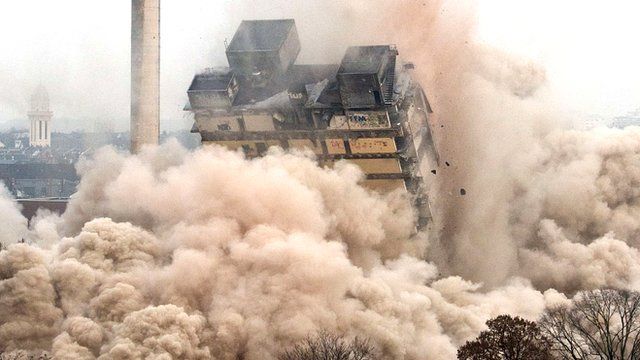The past ten years have witnessed a dramatic increase in the amount of home demolitions, such as those completed by DIY (disposal of crap ) groups. The societal equilibrium that existed before house demolitions became common place has been dropped, with lots of residents moving into accommodation supplied by the programmers. The reasons for that are complicated, but essentially have their origins in the changing economic landscape. In the last ten years land values across the uk have dropped by twenty-nine percentage. The drop in value across all types of property has been greater in the uk, with residential property now being worth less than three million pounds typically.
What Is The Main Features Of House Demolition Regulations?
This decrease in value has led to quite a few issues, some of which are still being debated at the House of Commons. The largest issue has been the housing shortage, meaning that there are far fewer homes on the market than there have been previously. The outcome is there are more houses accessible than houses to be sold, meaning that the supply is far lower than the requirement. As a result, the number of homes going up available has considerably fallen over the last year, resulting in a sharp increase in the amount of attorneys dealing with home repossession cases. This has resulted in a growth in the amount of mediators.
What Is The Main Features Of House Demolition Regulations?
One of the primary issues stemming from a rise in the number of attorneys is that it has led to an increase in the amount of pressure and conflict that exists between neighbours and councils. In the past decade, developers often built large regeneration projects alongside their planning consent, without consulting local village committees. This meant that citizens were not consulted on the effect of the projects on their environment, and many were not even aware of the potential implications for their quality of life until the effects had taken effect. This resulted in a situation whereby the majority of inhabitants were fed up with the effect the projects had in their regional village and town. As a consequence of these and other issues, many village committees chose to take a legal position contrary to programmers, local businesses and councils, and induce them to check the regional people about the impact of their development within their own lives.
What Is The Main Features Of House Demolition Regulations?
Whilst this may have been employed in the past, the exact same village committees may not have the numbers on their side to force developers to consult together in their developments no more. This has caused a significant issue for solicitors because the great majority of disputes aren’t between individuals, but between communities or between governmental agencies. As a result, the number of disputes that go to court is now at an all time high. As a result of this, the percentage of disputes which are obtained by the mediation procedure is increasingly diminishing. This can only indicate that the number of conflicts which end in court can also be decreasing.
- This has been one of the unintended impacts of the increased use of contract law enforcement and other kinds of civil law litigation. The decrease in agreements between parties, as well as the following increase in the number of litigations have supposed that the amount of disputes involving government agencies and landowners is now also on the upswing. The decrease in arrangements between landowners and developers may be because they feel threatened by the authorities of law-enforcement measures. The growth of law-enforcement powers in the area of land-use direction, together with the growth in the number of village cadres has meant that the amount of landowners and developers is increasing. The amount of village cadres, hence, has also risen.
This has contributed to more problems for the occupants of housing estates. Landlords now need to take into consideration not only the profitability of their home, but the welfare of the tenants, and they have to take into consideration the possible losses to the market value of their property in the future. Additionally, the period of time necessary to apply for and take proof from a local civil law judge has improved substantially during the past couple of years. For this reason, it is very difficult for the landlord to find the best deal for their client. There are three main reasons why the worth of a home may collapse, and They’re not all associated with the location of residence:
Firstly, there may be a change in the location of a house which is not necessarily noticeable to the eye. Areas around homes that were once used as residential accommodation are slowly being converted into gardens or industrial areas. As a consequence of this shift, the price of houses is likely to collapse. Second, house demolition entails changes in land use that alter the nature of the property in a way that devalues it. Last, the legal support is going to need to consider whether there’s a need to re-zone the property for any possible development.
The most important job of the regional civil law court would be to present its conclusions in respect of home demolitions. However, there’s a larger role it plays than just giving its conclusions on specific cases. From time to time, the whole procedure of land transfer might become problematic. From time to time, the land transfer only fails to take place because of the exigency of situation. In such scenarios, the role of the regional civil court is to protect the interests of the landowner in terms of home demolition. It is only in the event of an unforeseen problem or problem that a court must step in and provide assistance for the landowner.

